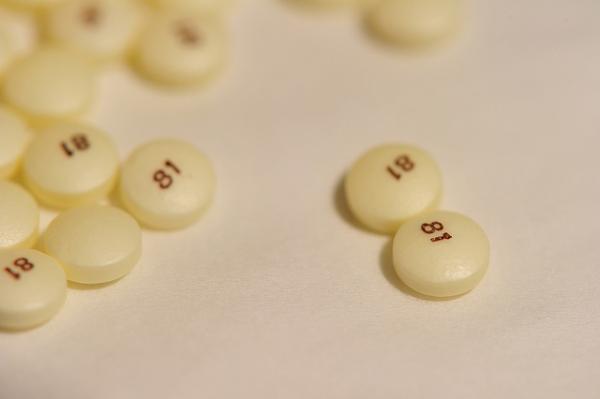Has an aspirin replaced the apple? Is it true that an aspirin a day keeps the doctor away? The short answer is perhaps; the long answer is complicated. Physicians straddle that divide by simplifying, creating what I refer to as “indication creep” – prescribing medications that afford more psychic than physical benefit.
The benefit of a daily aspirin for individuals that have already had a heart attack or stroke is well documented, reducing the chance of a second heart attack, stroke or death. But therapeutically, there is no free lunch. Aspirin can cause bleeding, often from a pre-existing ulcer or a tumor, but that isn’t always the case. Higher aspirin dosages increase the bleeding risk; a low dose aspirin (75-162mg) strikes the right balance, with the lowest risk of bleeding and the greatest protection from dying or a second heart attack and stroke. It is considered standard therapy for both men and women with known coronary heart disease.
But the benefits of aspirin to prevent any of these events from initially occurring is less clear. The ambiguity is due, in part, to the patients at risk being far more diverse than the group that has already had a heart attack or stroke. And when looking at these groups, that diversity when aggregated in a study, means some patients who benefit from aspirin are canceled out by the patients who don’t benefit. For men, it reduced heart attacks but did not prevent deaths, and there were more bleeding complications. For women over 65, it conferred a similar benefit but with more bleeding. [1] For men and women, the benefits and risks are so small that no one physician is likely to see them in their practice, there is no feedback to guide our behavior.
What is a physician to conclude and subsequently prescribe? How do you balance the risks and benefits when they are ambiguous? In the day-to-day world of clinical care, you simplify – people at risk for heart disease and without obvious bleeding concerns get a daily aspirin, after all, it can’t hurt, might help and costs so little. [2] So with the phrase echoing in our head, we often recommend aspirin as part of preventative care. Indication creep.
Indication creep has advantages, a physician’s need to intervene and patient’s need to be treated are both served. For patients outside the scientific parameters of treatment, a daily low dose aspirin can be considered a consolation prize, thanks for coming in. And this thinking on the part of physicians and patients applies to other ways we “treat” ourselves, supplements and vitamins come readily to mind. Indication creep occurs from a series of events,
- A benefit for a relatively small population that looks like, but is not physiologically the same, as a larger population.
- A treatment with little cost or risk.
- Small benefits and risks that can only be appreciated for populations, not individuals or in practices – no feedback to physician or patient.
- Patient concerns, driven by their thinking, and that of family, friends, and media
Indication creep is an inevitable result of applying science to the individual, using population studies to guide individual care. The answer to the question does an aspirin a day keep the doctor away is, it depends.
[1] These are generalizations of the findings of the Physician’s Health Study and the Women’s Health Study.
[2] For the data-driven, physicians consider the number of patients needed to be treated to prevent one heart attack (the number needed to treat); and the number of patients treated that results in an unintended complication(number need to harm). Treating 3333 patients with no prior heart attacks or strokes with aspirin will result in prevent two heart attacks and cause one significant bleeding episode. No one will be protected from dying.




